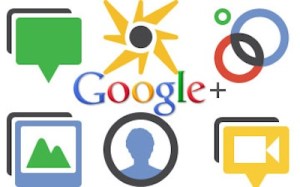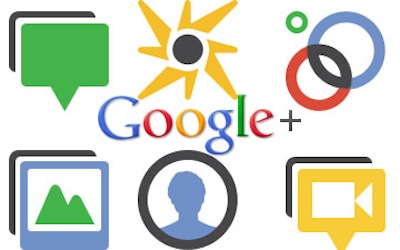 After months of waiting, Google finally unveiled on Tuesday its new social project, Google+. It’s an ambitious gambit that aims to turn all of Google’s services into one giant social platform, and in the process steal some thunder from Facebook while making Google – for once – a big player in social networking.
After months of waiting, Google finally unveiled on Tuesday its new social project, Google+. It’s an ambitious gambit that aims to turn all of Google’s services into one giant social platform, and in the process steal some thunder from Facebook while making Google – for once – a big player in social networking.
Google has redesigned the top navigation bar to work across all of its services. It’s very similar to the notification bar found in Facebook, which alerts users about new activity concerning their accounts.
“We’d like to bring the nuance and richness of real-life sharing to software. We want to make Google better by including you, your relationships and your interests,” wrote Senior Vice President of Engineering Vic Gundotra in a blog post.
Google+ has a handful of sub-services designed to match various social needs. Circles lets users decide which of their friends and followers can see individual updates or other pieces of content. It’s a feature Facebook took quite a while to develop with “Lists”. Hangouts works with each social Circle by creating access to a multi-person video chat. Sparks is a customized feed aggregator of content curated from across the web.
Google+ also has a mobile aspect, which could be especially appealing to people using Android phones. Nearly every update made through Google+ lets users add location data. The company also addressed the problem of unreliable data networks by building in Instant Upload. The feature will save pictures that get cut off through faulty connections and upload them later on. Finally, there’s Huddle, a real-time group messaging feature.
While it’s clear that Google as spent a lot of effort on Google+, the company has a poor track record with social products. Social network Orkut, Google Buzz and Google Wave are all examples of products had at best mixed results.
Some, like blogger Dave Winer, are skeptical of Google’s ability to challenge Facebook by turning its search product into a social network. In a blog post titled “Google Yawn“, he writes:
“…All you do is make your core product heavier. The thing you wanted to kill (Facebook) doesn’t go anywhere. It hardly notices what you did. The users might care to the extent that they’re annoyed… Products like the one Google just announced are hatched at off-sites at resorts near Monterey or in the Sierra, and were designed to meet the needs of the corporation that created it. A huge scared angry corporation.”
At least in Facebook’s case, it didn’t need a series of videos to explain how to use its service. Google, on the other hand, has six total videos demonstrating the various uses of Google+.
Google+ is now available on Android Market and the mobile web. The company is testing the full roll out of the service, which is available by invitation only.
VentureBeat's mission is to be a digital town square for technical decision-makers to gain knowledge about transformative enterprise technology and transact. Learn More

